Superpowers exist in nature -- from endurance to super-strength and more. Read on to learn about some seriously cool animals!
Superpowers... we all wish that we had that one special power. Some wish for super-strength or the ability to turn their bodies into weapons, while others wish they could manipulate energies around them or move with super-speed. And although it's rare to find humans with superpowers, there are all kinds of animals with incredible abilities that exceed what they SHOULD be able of. Here are some animals with jaw-dropping abilities!
MANTIS SHRIMP
Mantis shrimp are incredible little creatures. They're beautiful and rainbow-coloured, but their looks aren't what got them on this list. This little shrimp has powerful spring-loaded arms that can deliver a punch that equals the force and speed of a 0.22 calibre bullet.
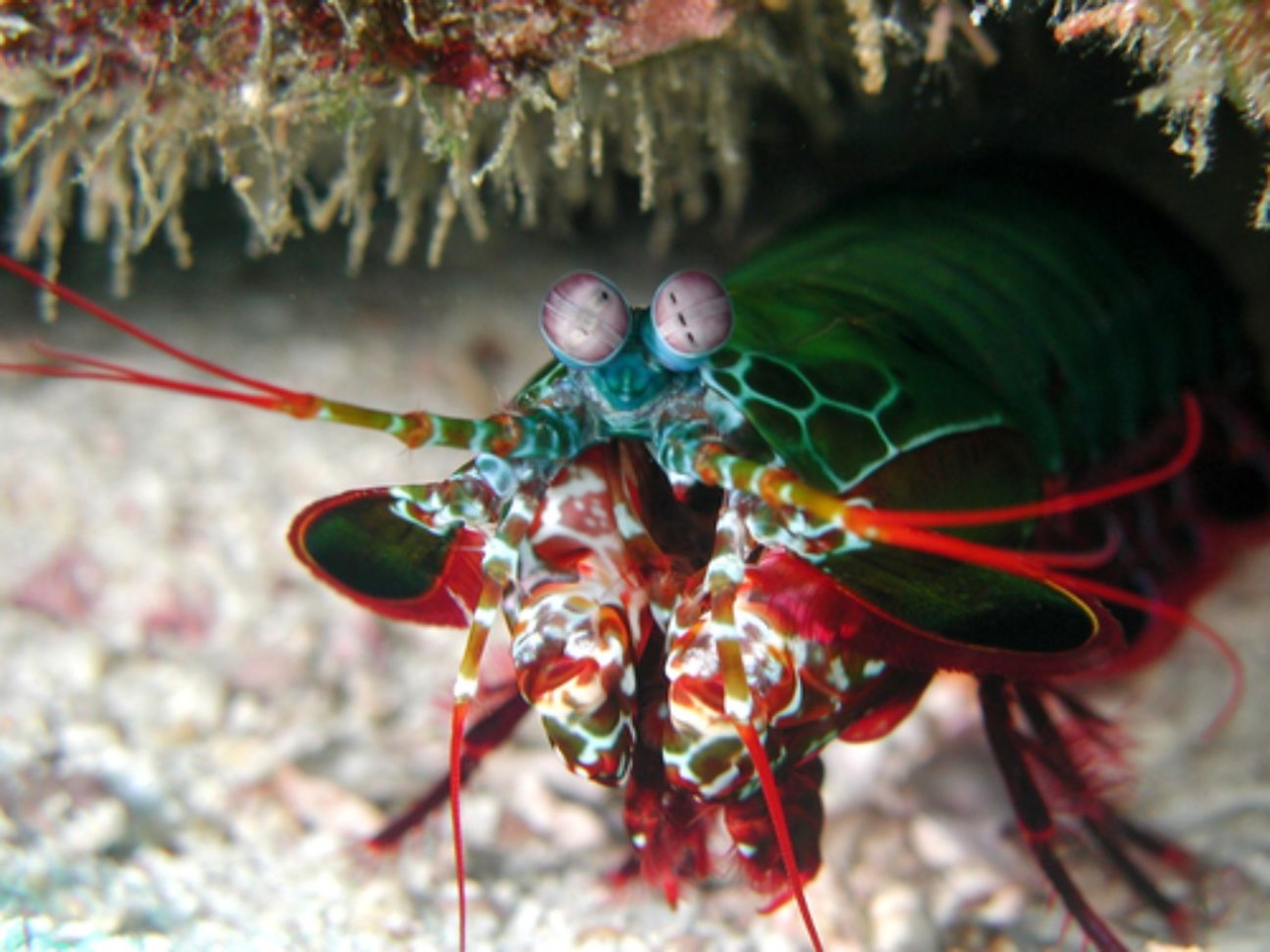
Let that sink in for a second. Yep, a 0.22 caliber bullet punch from a literal shrimp. They have been known to kill predators much larger than themselves and can punch-murder crabs (who, if you remember, have armours that should be able to withstand a punch from a shrimp) and octopi (who have more than one limb to help them get out of sticky situations fluidly). And as if the super strength punches weren't enough, the mantis shrimp can also presumably see every single colour... including ultraviolet. That's because they have SIXTEEN types of colour-receptive cones. To put things into perspective for you, humans only have three.
PLATYPUS
Platypuses are already strange animals. They make one think that perhaps an image of a platypus is what gave Dr Frankenstein the idea for his monster. They classify as mammals, but they also lay eggs, have duck-like bills, beaver-like tails and otter-like feet. There's really not quite another animal like the platypus right down to their incredible abilities.
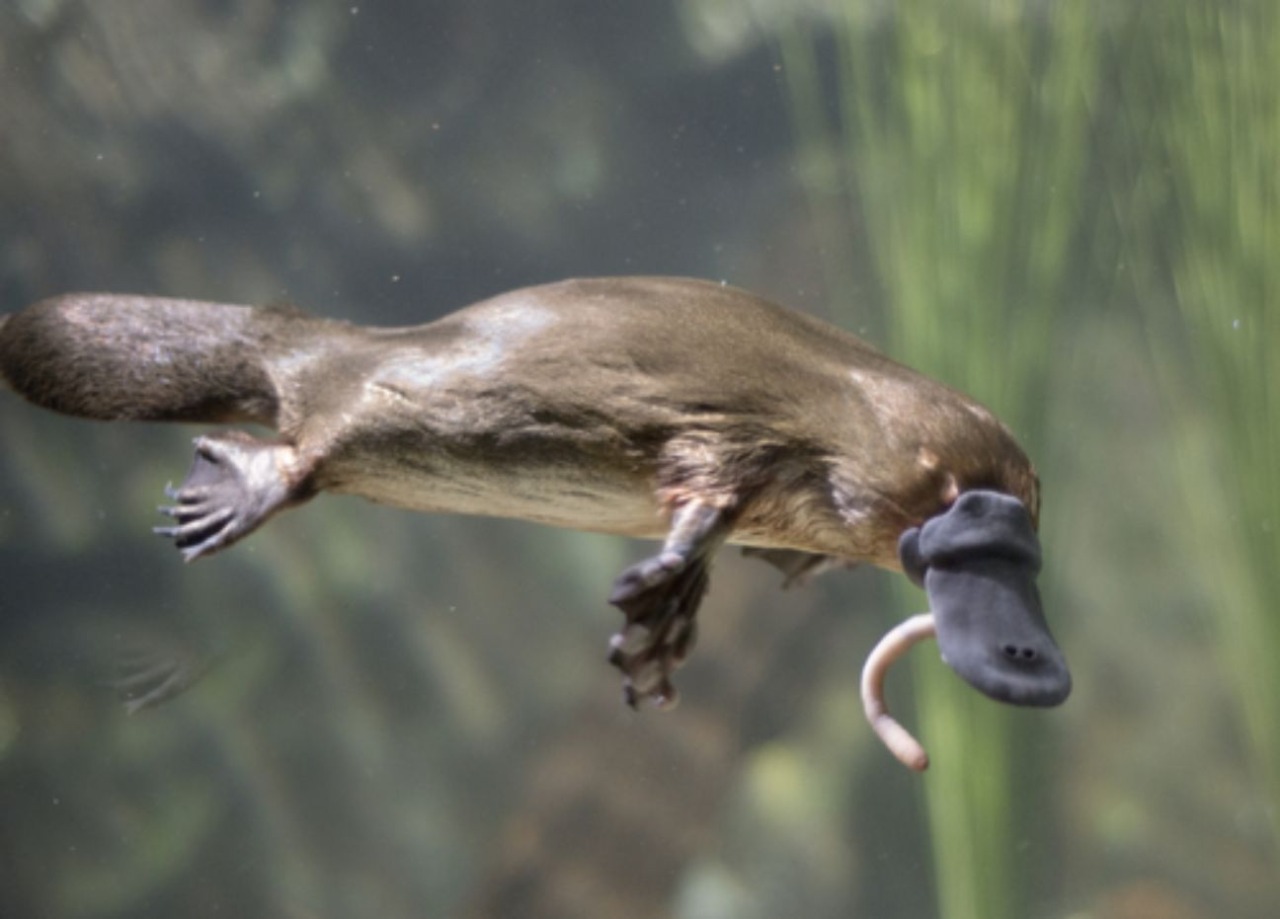
Male platypuses have ankle spurs that deliver poison potent enough to kill a dog and cause humans excruciating pain. But that's not all! The platypus also has a sixth sense... electro reception. Which means they can sense electrical signals in muscles (which is what happens when one moves). This means the more the platypus' prey tries to get away, the easier it becomes for the platypus to catch. Interestingly, platypuses rely entirely on their super-ability to hunt, choosing to close their eyes, ears and nose each time they dive.
MIMIC OCTOPUS
The name kind of gives it away. A mimic octopus’s special ability is to mimic. But what's incredible is the way they do it and how incredibly accurate their mimicry is! These guys grow up to 2 feet, so they're not terribly large, but they make up for size with incredible skill. A typical copy-job for one of these octopuses means they can manipulate their size, colour, and appearance (and mannerisms of the animal they're mimicking).
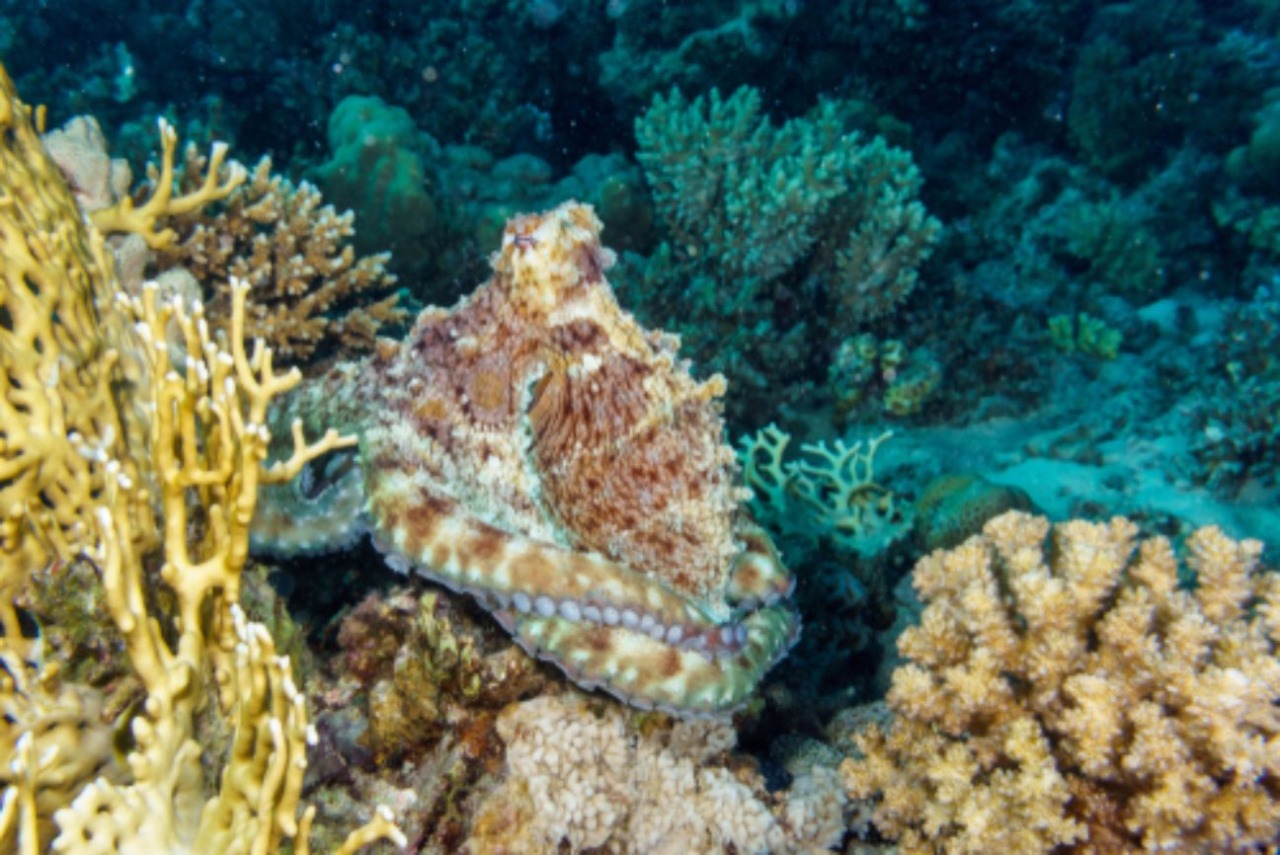
It's particularly interesting to note how the mimic octopus catches its prey. Say they notice a particularly delicious crab, a mimic octopus is likely to go on the hunt by pretending to be an eligible suitor, only to attack and devour the curious crab when it gets too close. Maybe they do that because they find that heart-broken crabs taste better? Their skill of becoming other animals also comes in handy when they pretend to be poisonous fish like lionfish, sea snakes and soles to keep predators away. And when pretending to be someone else doesn't work... a mimic octopus knows how to put the pedal to the metal and run right away.
DRAGON MILLIPEDES
Like most people, you probably don't care for bugs too much, and that includes creepy crawlies like dragon millipedes because they're still bugs no matter how cool the name. But wait... just look at one of these guys.
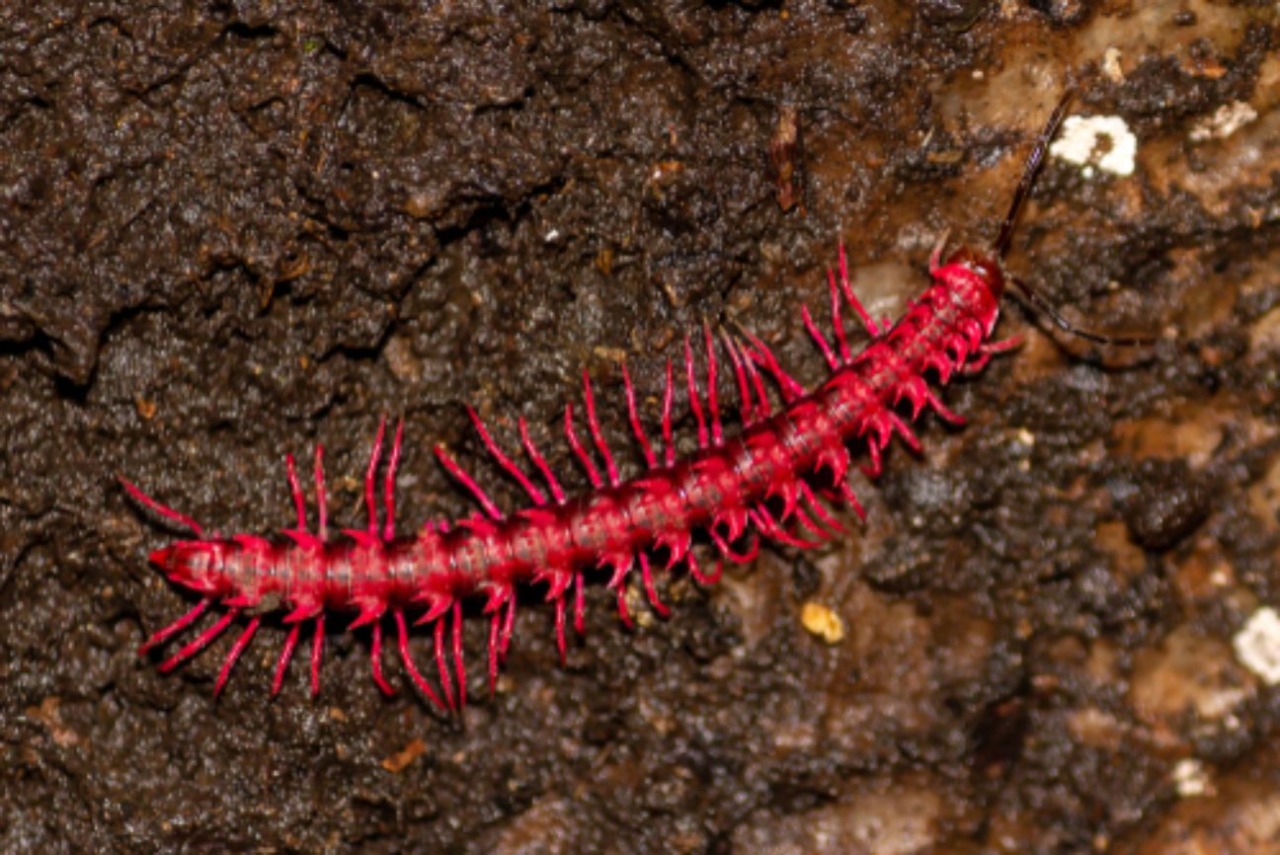
Fabulous bugs, dragon millipedes rock hot pink with absolute style, but more than that, for an insect they smell really nice. Dragon millipedes are often said to smell like almonds, a pleasant smell, right? Yes, but not quite; the pleasant scent of almonds is also a deadly indicator of one of the most dangerous poisons known to man... cyanide. One touch, and a full-grown man could be dead in a matter of minutes. Everything about a dragon millipede screams "touch me" but if you ever find yourself in Thailand around the monsoons, keep an eye out for hot pink.
TRAP-JAW ANT
As the name suggests, this is an ant with an incredible set of jaws or more correctly, mandibles. Their mandibles are very powerful, they can close at speeds of 126 to 230 kmph. That is a force to be reckoned with. In fact, the ant uses its mandibles and strength for an unconventional reason. To launch themselves across distances by jumping. Imagine closing your jaws with such a force that your body is propelled backwards several feet! Now imagine being able to control it. You'd look a little silly opening and closing your mouth, but who's going to notice laughter when you're one pretend-bite away from being out of earshot!
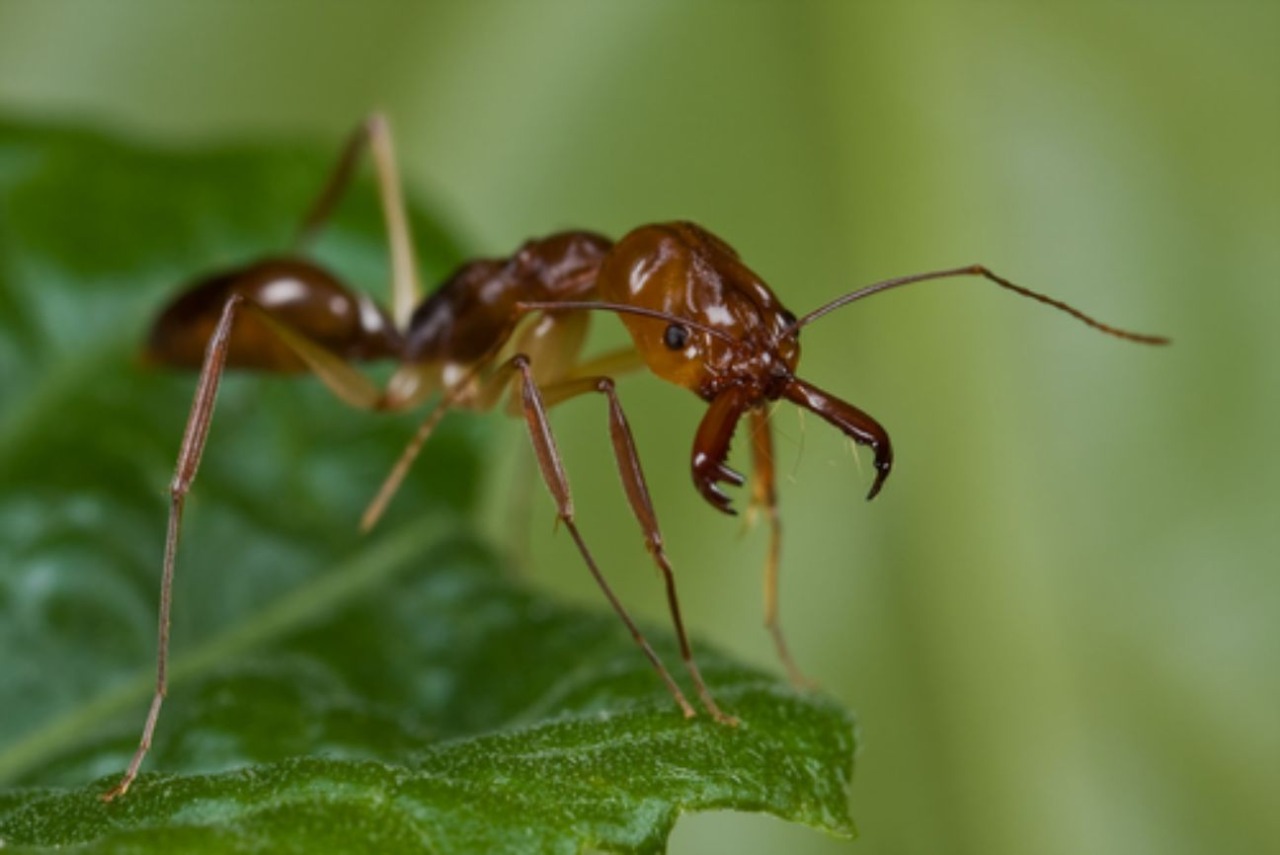
Trap-jaw ants use their mandibles for all kinds of things, from jumping distances up to 15 inches away (quite a feat when you're no bigger than a couple of millimetres), to cutting chunks of food, to caring for their larvae. Talk about versatile!
SALMON
Salmon are mostly known for their nutrient properties, but these fish also have an incredible ability. To understand what that ability is, let's talk about the life of a typical salmon fish. They are born in rivers and as they grow more mature; they venture out into the wide sea and then come back to the stream of their origin to lay eggs, perpetuating a cycle that has gone on for many lifetimes before and will continue to do so for many lifetimes after.
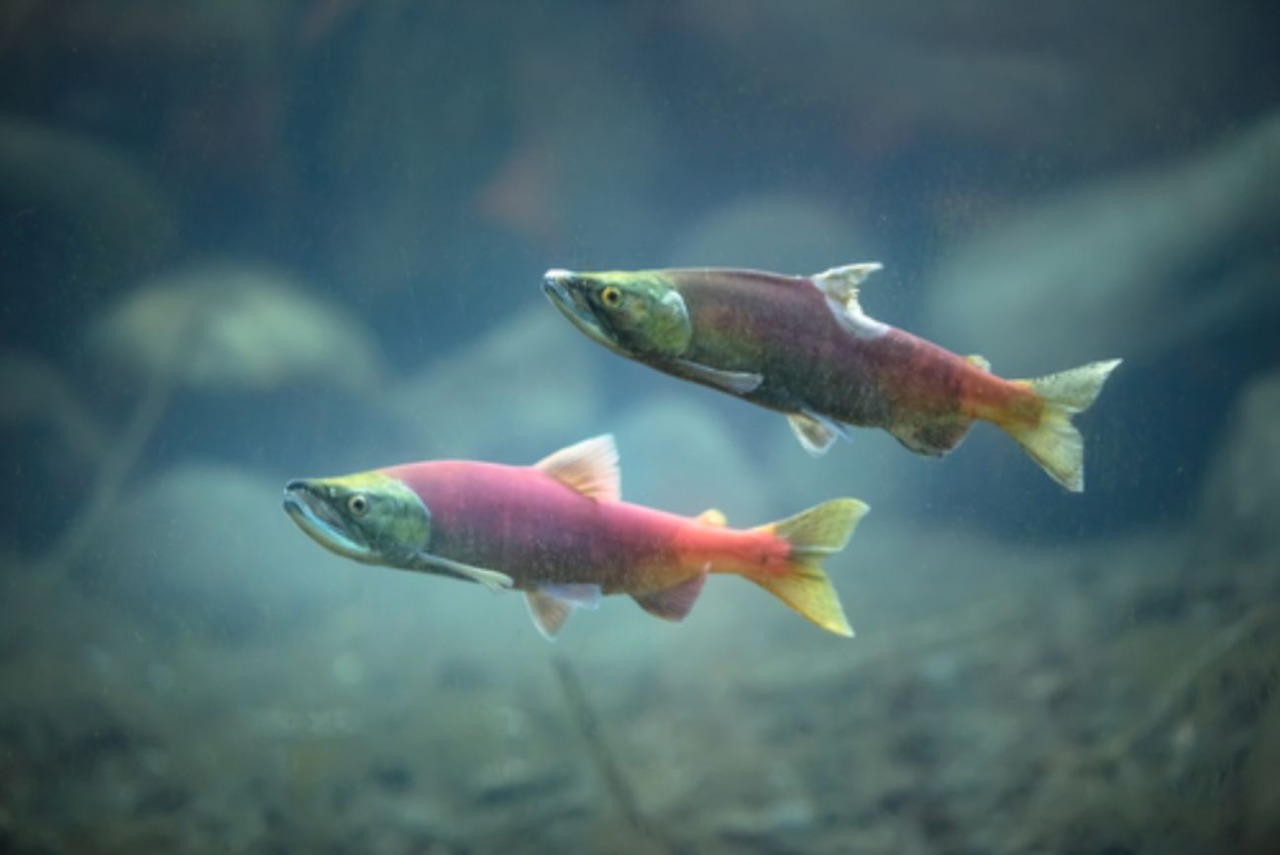
How do they know how to get back? The ocean is vast, and regardless of where they wander when they venture into the open ocean, they manage to find their way back to the waters that they were born in. This incredible feat of navigation is thanks to the salmon's ability to sense the earth's magnetic field and use it to get back home. Scientists describe it as a geomagnetic compass that always guides them back home.
LAYSAN ALBATROSS
Albatrosses are beautiful birds, known for their large wingspans and ability to soar. But did you also know they have unbelievable endurance? These birds can fly at an average of over 500 km per day. Most of us baulk at the idea of walking close to 10 km. What's more? Laysan Albatross can fly long distances with barely more than a few wing flaps.
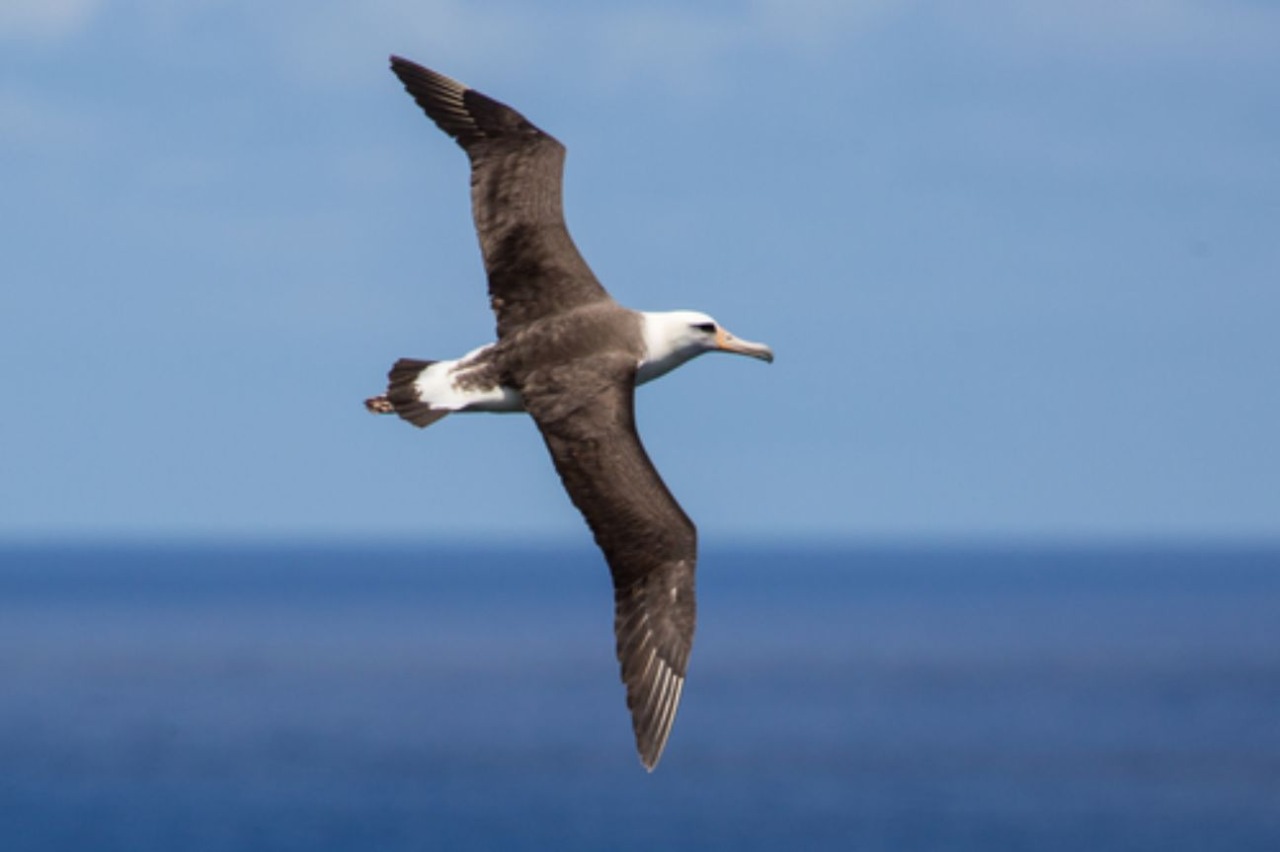
If their level of endurance doesn't impress you enough, how about the fact that these birds need strong wind conditions to take off and fly. In fact, bad weather and strong winds are preferred because it makes for easier manoeuvring, making Laysan albatrosses incredibly badass.
HONEY BADGERS
Honey badgers are the definition of badass. They have almost no natural predators, and they're known for their devil-may-care attitude. These adorably named badgers fight every single threat head-on and have some killer defensive moves (pun intended).
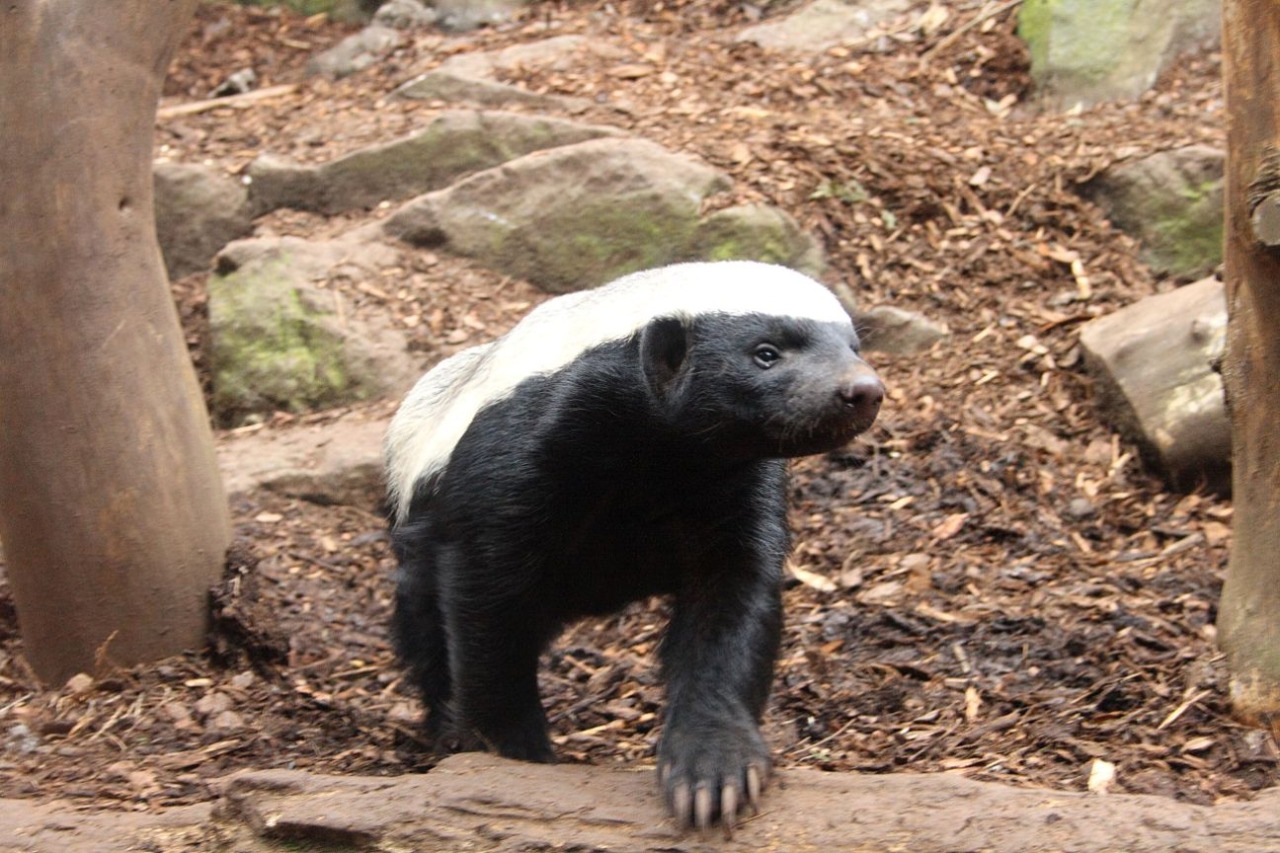
Honey badgers have been known to take on venomous snakes, get bitten and get right back up to finish the job moments later. To us, honey badger sounds like a vigilante superhero. All in all, don't let that cute exterior fool you, honey-badgers are vicious creatures with more strength than they look like they have, defence skills and thick skin (that works like armour). It's hard to believe that they're related weasels!
Which of these superpowers do you wish you could have?!